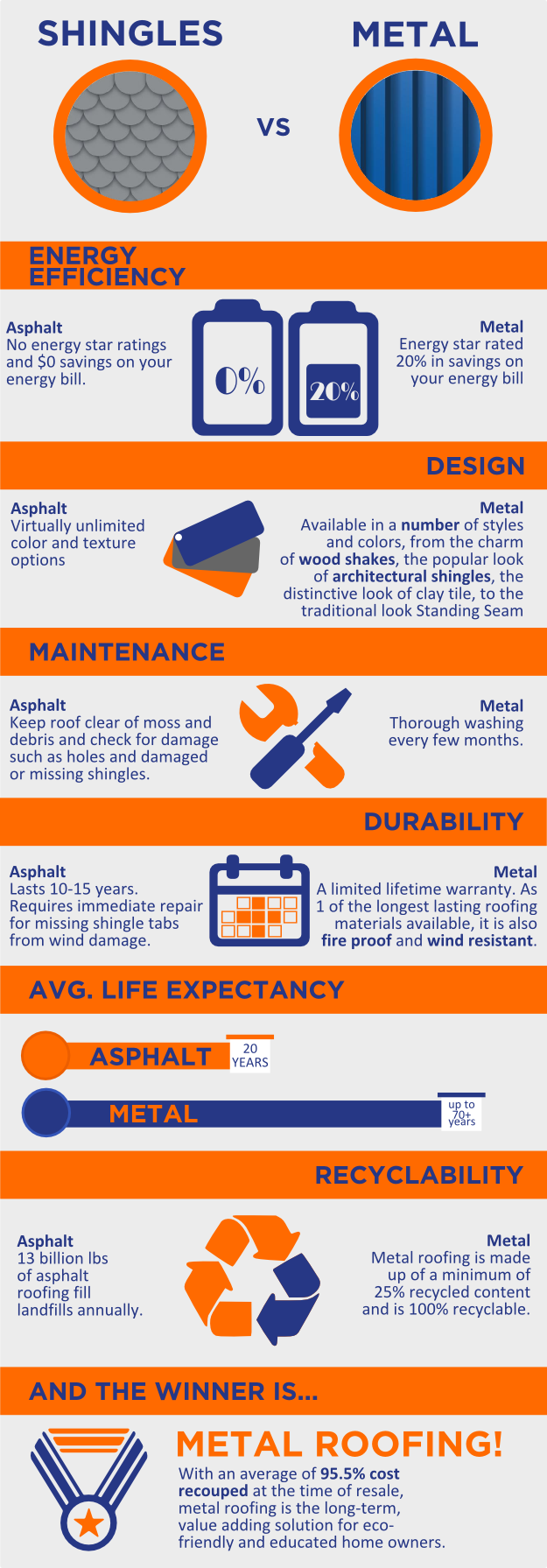Distinguishing Between Solar Panel Types: Picking The Ideal Service For Your Home
Distinguishing Between Solar Panel Types: Picking The Ideal Service For Your Home
Blog Article
Material Writer-Korsgaard Calhoun
When it involves choosing the ideal photovoltaic panels for your home, the selections can be overwhelming. Each type uses unique benefits and trade-offs, making it critical to determine which elements straighten ideal with your goals. Whether your emphasis gets on effectiveness, cost-effectiveness, or looks, there's a photovoltaic panel type that can satisfy your requirements. So, prior to you choose, take into consideration the crucial facets that will affect your solar power system's efficiency and suitability for your home.
Monocrystalline Solar Panels
When considering photovoltaic panels, you may find monocrystalline solar panels. These panels are known for their high performance prices because of their building and construction from a solitary continuous crystal structure. This layout permits monocrystalline panels to perform much better in low light conditions contrasted to various other kinds of photovoltaic panels. Furthermore, their streamlined black appearance makes them a popular option for household installments, blending in effortlessly with many roofs.
One key benefit of monocrystalline solar panels is their space effectiveness. They need much less area to produce the same quantity of electrical power as various other solar panel types, making them perfect for homes with restricted roofing system space.
While monocrystalline panels have a tendency to be a lot more expensive upfront, their lasting resilience and effectiveness commonly make them an economical financial investment in the world of solar energy. If you prioritize efficiency and aesthetic appeals in your solar panel option, monocrystalline panels could be the appropriate selection for your home.
Polycrystalline Solar Panels
Polycrystalline solar panels, additionally called multicrystalline photovoltaic panels, supply an alternative choice to monocrystalline panels. These panels are made from silicon crystals that are thawed together, producing a much less consistent appearance contrasted to monocrystalline panels.
One of the crucial benefits of polycrystalline panels is their reduced production cost, making them a more affordable option for home owners looking to buy solar power.
While polycrystalline panels might have a slightly lower performance price compared to monocrystalline panels, they still supply a trustworthy and affordable means to generate solar power for your home. https://600wattsolarpanel32986.snack-blog.com/29254774/criteria-for-selecting-one-of-the-most-ideal-solar-installation-company-for-your-home perform well in heats and are a durable selection for a selection of climates.
If you have a larger roof covering space and are aiming to maximize your power manufacturing without breaking the bank, polycrystalline panels could be the appropriate option for you.
When considering photovoltaic panel options for your home, it's necessary to consider the cost-effectiveness and effectiveness of polycrystalline panels against your energy needs and budget plan restraints.
Thin-Film Solar Panels
Moving on to Thin-Film Solar Panels, these panels provide an one-of-a-kind option to standard silicon-based alternatives like polycrystalline panels. Thin-film panels are light-weight and flexible, making them less complicated to mount on different surface areas like rounded roofs or wall surfaces. They're additionally more cosmetically pleasing, assimilating seamlessly with the architecture of your home.
Nevertheless, it's vital to note that thin-film panels typically have lower effectiveness rates compared to crystalline silicon panels. This indicates you might require more room to produce the very same quantity of electrical power.
On the bright side, thin-film panels carry out much better in low-light problems and have a reduced temperature coefficient, suggesting they can create even more power on warm days. If you have ample area and are searching for a functional and visually attractive photovoltaic panel alternative, thin-film panels could be a terrific option for your home.
Verdict
Finally, when deciding on the most effective solar panel kind for your home, consider your energy needs, budget, and space restraints. Read the Full Post provide high efficiency in limited room, while polycrystalline panels use a cost-efficient alternative with reputable performance. Thin-film panels offer flexibility and visual charm yet might have reduced performance prices. By weighing these variables, you can select the solar panel type that finest fits your specific requirements.
